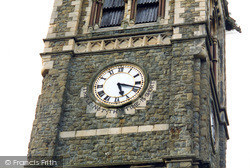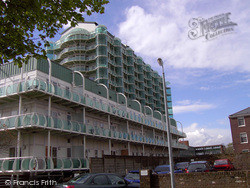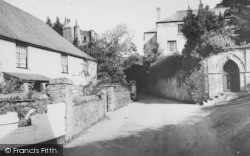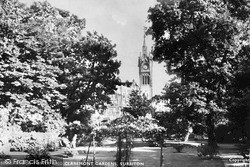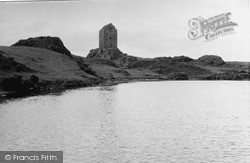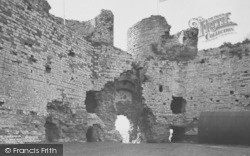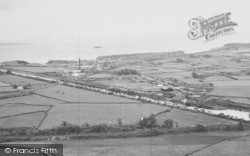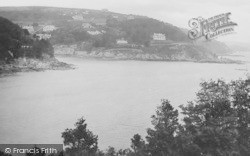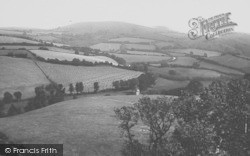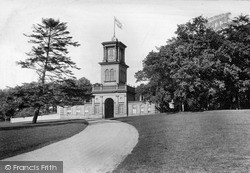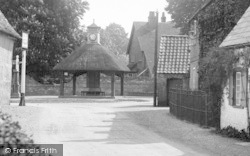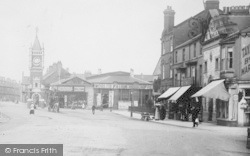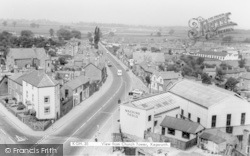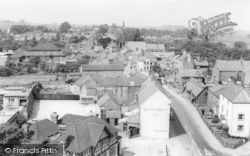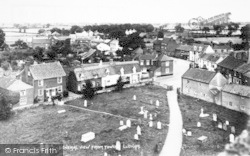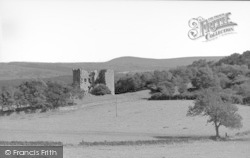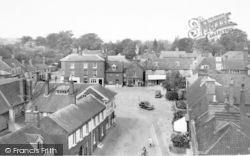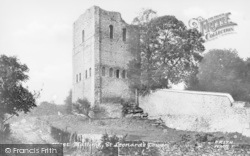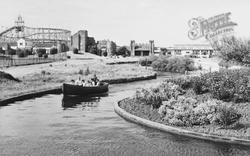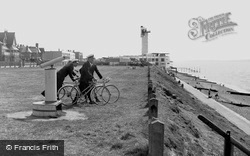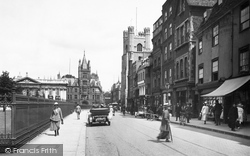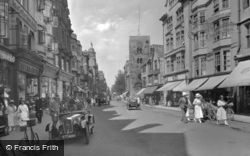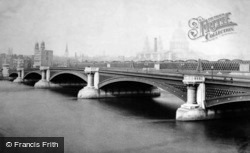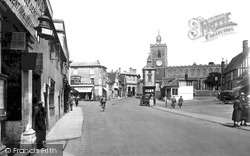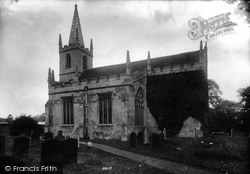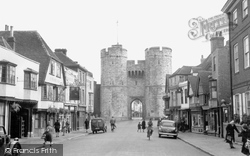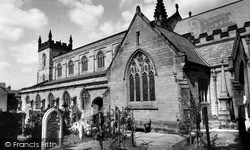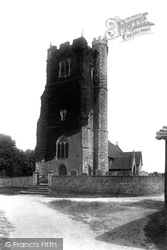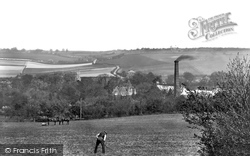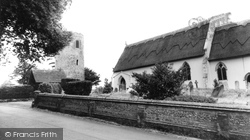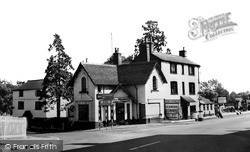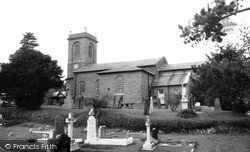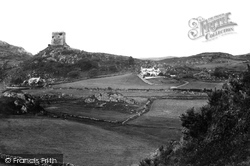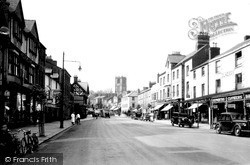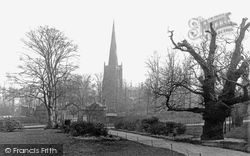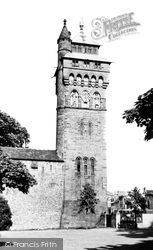Places
36 places found.
Those places high-lighted have photos. All locations may have maps, books and memories.
- Poplar, Middlesex
- Bow, Middlesex
- Bethnal Green, Middlesex
- Stepney, Middlesex
- Alton Towers, Staffordshire
- Isle of Dogs, Middlesex
- Limehouse, Middlesex
- Spitalfields, Middlesex
- Barjarg Tower, Dumfries and Galloway
- Bromley, Middlesex
- Stratford Marsh, Middlesex
- Tower Hill, Merseyside
- Tower Hill, Essex
- St George in the East, Middlesex
- Wapping, Middlesex
- Globe Town, Middlesex
- Old Ford, Middlesex
- Cubitt Town, Middlesex
- Tower Hill, Cheshire
- Tower Hill, Surrey
- Bow Common, Middlesex
- Mile End, Middlesex
- Millwall, Middlesex
- Ratcliff, Middlesex
- Warmley Tower, Avon
- Tower Hill, Hertfordshire
- Tower End, Norfolk
- Tower Hamlets, Kent
- Tower Hill, Devon
- Tower Hill, West Midlands
- Blackwall, Middlesex
- North Woolwich, Middlesex
- Hackney Wick, Middlesex
- Shadwell, Middlesex
- South Bromley, Middlesex
- Tower Hill, Sussex (near Horsham)
Photos
1,787 photos found. Showing results 1,481 to 1,500.
Maps
223 maps found.
Books
1 books found. Showing results 1,777 to 1.
Memories
637 memories found. Showing results 637 to 637.
Captions
3,007 captions found. Showing results 1,777 to 1,800.
The motor boat ride still operates, providing a pleasant alternative journey through the seashore gardens from Tower Esplanade to the north end of the parade.
The 120-ft tower seen here was demolished in 1969.
Before the construction of the Senate House in the early 18th century, students received their degrees in the Church of Great St Mary's, whose tower dominates the right-hand side of the road.
The late 17th-century tower with its liberal use of salvaged Roman brick fell in the 17th century.
In the distance is the small stone tower above Abereiddy that overlooks the popular Blue Lagoon.
Built in the Irish style, the round tower dates from the 10th or 11th centuries and would have been used by the monks as a place of refuge during raids by pirates or Vikings.
As we turn right along Cornmarket Street, the most striking building amid the shops is the rough-hewn late Anglo-Saxon tower of St Michael's Church, with its two tiers of paired belfry windows.
Nowadays, to the left beyond the cathedral are the tower blocks of the Barbican, completed in 1981. Blackfriars Bridge, dated 1869, screens the now part-demolished railway bridge of 1864.
The tower of Holy Trinity Church to the right was poorly designed and constructed, and was eventually demolished in 1924.
The spacious market place is dominated by the venerable flint church of St Mary's with its Norman tower, 14th-century arcades, impressive clerestory, and knapped flint chancel.
Mostly rebuilt by Thomas Lumby in the 1770s in a fairly correct Gothic, the church has a more cheery Strawberry Hill Gothick west tower and spire.
This street in a medieval and famous city is serenaded by the majestic Westgate Towers. New in Chaucer's time, they were built by Archbishop Sudbury and replaced a ruin on the same spot.
A tower was added in 1513. St Mary's was rebuilt in 1780.
The 15th-century Perpendicular west tower of the Church of the Holy Cross is remarkable for the three sculptures of heraldic lions, which crouch at the corners of the battlements.
A splendid panoramic view, taken early in the year, of the Stour Valley looking across to the Julliberrie Downs, with the 14th-century tower of Chartham church rising above the trees.
This is the only church in East Anglia to have a detached Norman round tower. The rood screen still has paintings of saints, with delicate miniature hovering angels under the loft.
It was renamed the Crossroads Hotel when the house to the left was demolished and the hotel expanded, sporting a fine clock tower.
A covered porch (just visible in the picture to the left of the tower) was added in 1905.
The rocky approach to this prominent outcrop upon which stands the small tower and remains of a larger castle looks wild, lonely and romantic, and it must have seemed a solitary outpost at times.
The tower of St Mary's Church overlooks the town.
Greystoke Castle was built around a 14th-century pele tower in the Tudor style between 1838 and 1848 for the locally-powerful Greystoke family. The architect was Anthony Salvin.
Stafford has two interesting churches.The Church of St Mary has an unusual octagonal tower: it was here that Isaac Walton was baptized in 1593.The other church, St Chad's, was said to be almost derelict
The parish church of St Peter and St Paul is the only church within city limits to be mentioned in the Domesday Book.The west tower and the spire date from the 15th century, though the latter was
The Clock Tower, constructed during the extensive restoration and alteration of the castle 1867-72, was a Burges-designed monument to the third Marquess and his extended family.
Places (38)
Photos (1787)
Memories (637)
Books (1)
Maps (223)




